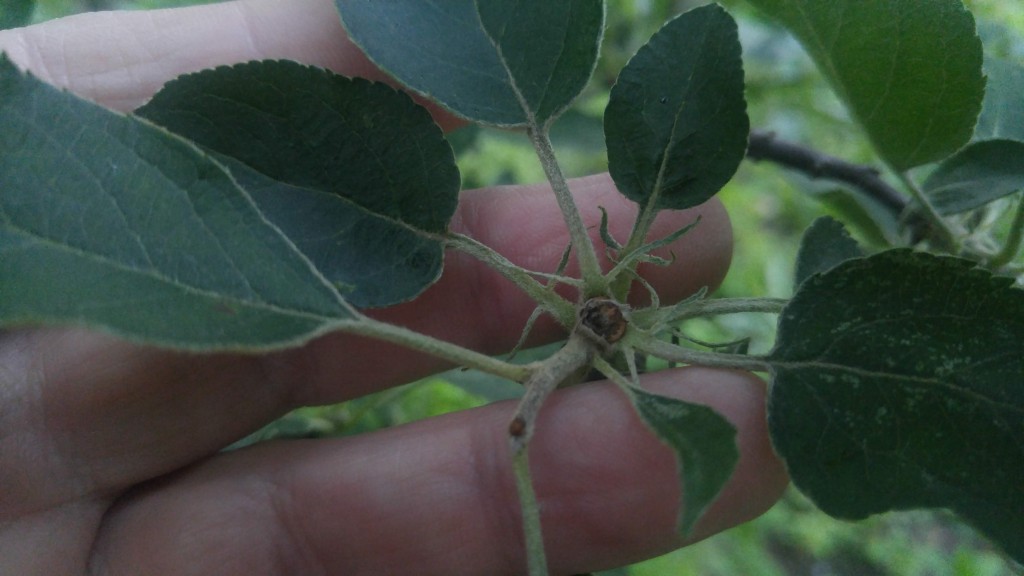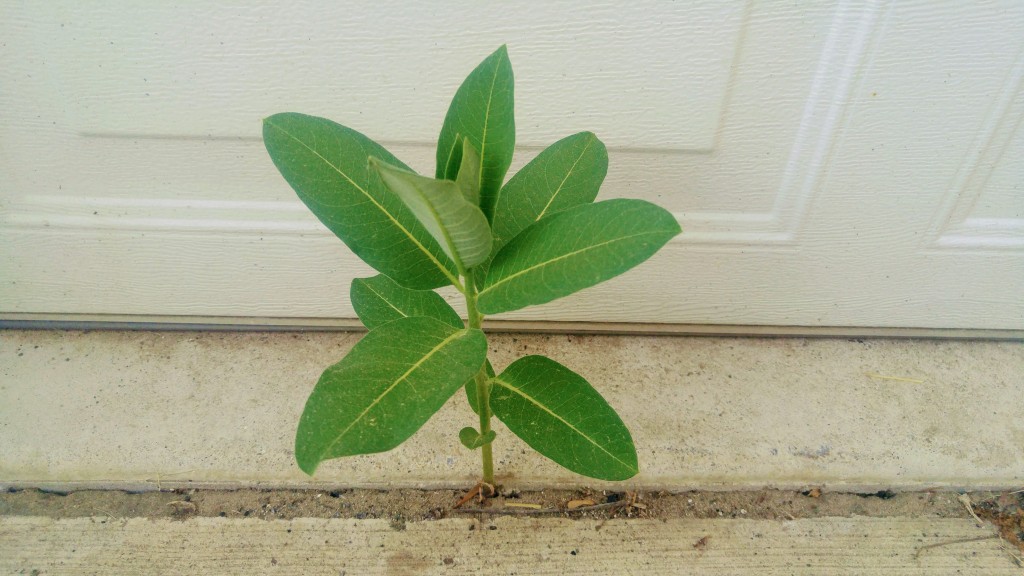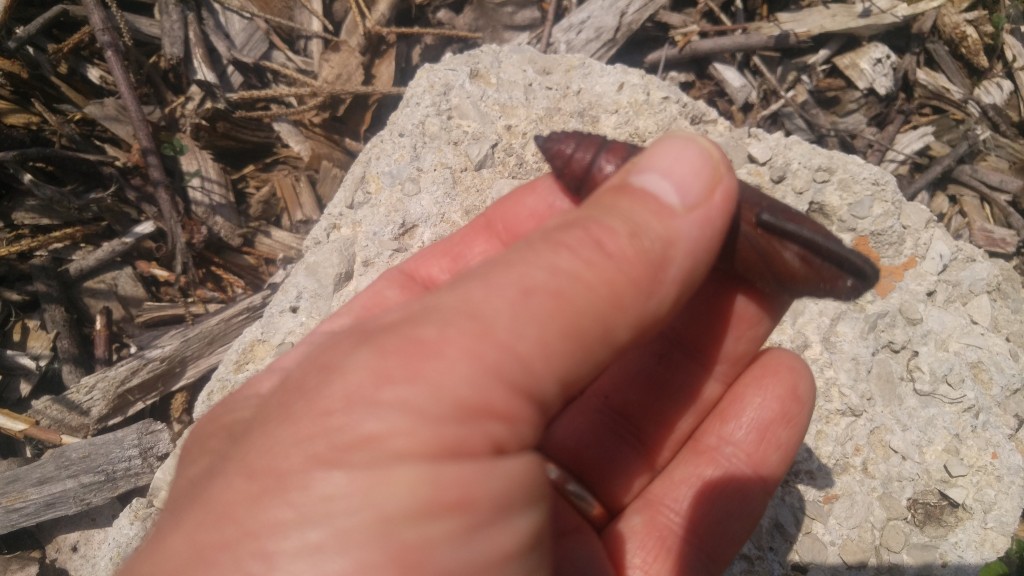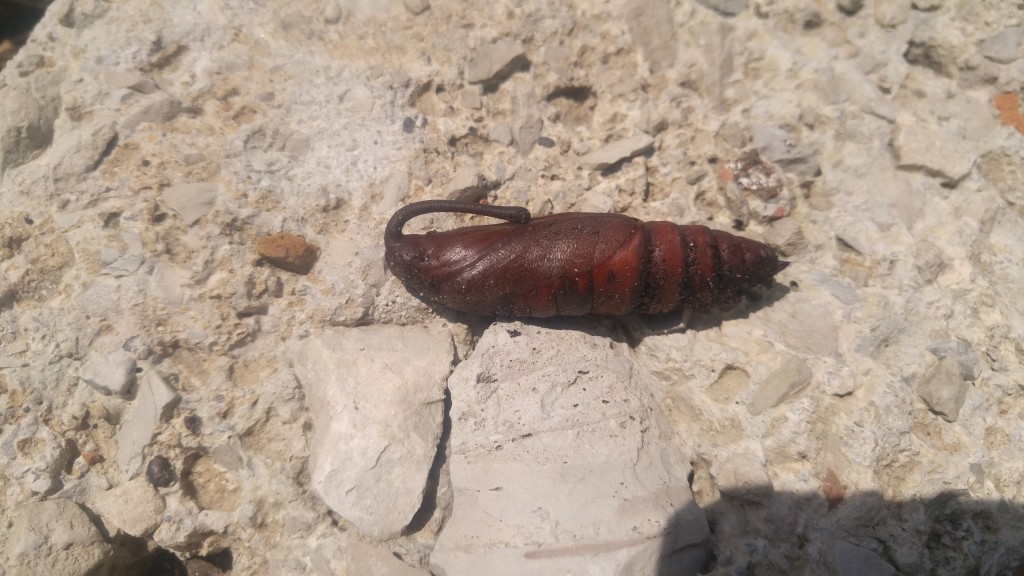At a function I attended over this past weekend the conversation turned to gardening. A friend mentioned his apple trees were being raided by an unknown animal. This animal was very stealthy, so stealthy in fact, that it left virtually no trace of ever being there.
The thief left no footprint despite the fact that apples were missing from all parts of the tree. Every branch had missing apples and none of the branches had any damage whatsoever. Apples taken from high up the tree implied the animal was either quite tall or was a good climber.
Since this is early in the growing season, his apples are still small and still in the developmental stage, about the size of a cherry. Maybe the suspect was a bird?
Our little group spent some time discussing all of the other factors surrounding the case: when did it happen? what other plants were near by? where there any apples on the ground? was grass growing under the tree? and so on.
I’ve come across this kind of mystery with apples before and it always takes place this time of year. As the tiny apple fruits grow, a natural phenomenon happens during the course of their development. The an apple tree cannot bring all of its young apples into full-sized mature fruit. There are not enough leaves to generate the amount of photosynthesis required to grow out all of that fruit. And even if there were, the shear weight of all of those apples would break off the branches. So the tree cuts off the flow of nutrients to a large number of young apples causing them to fall off. This phenomenon is sometimes called the “June drop”.

To reduce excess fruit, apple trees form an abscission layer that keeps nutrients from reaching the developing fruit.
It was the June drop that was the cause of my friend’s missing apples. The apples fell very quickly over a short period of time which would explain the lack of damage to the tree. Once they were on the ground, mice and other small animals took advantage of the bounty and ate them or carried them way.
Bob


